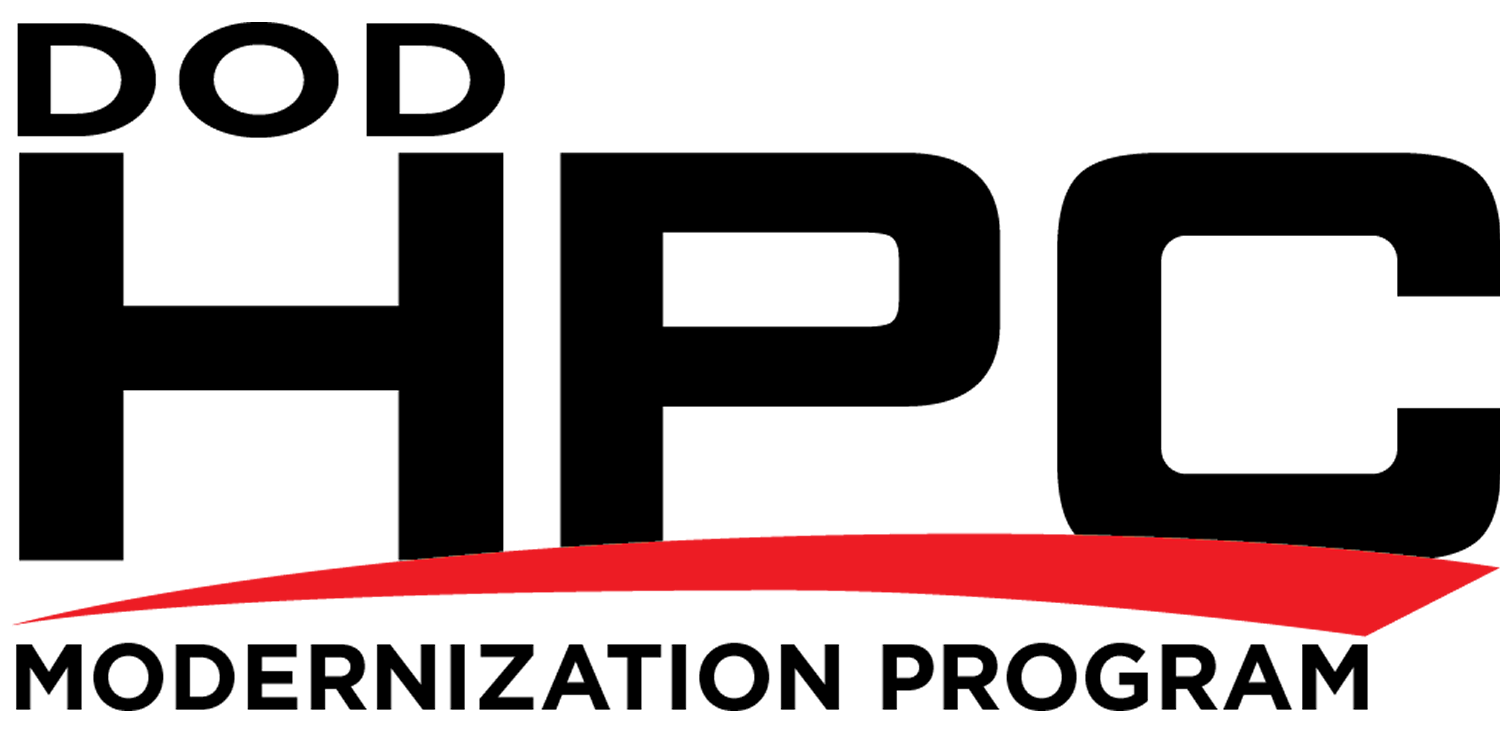Success Stories

Directed Energy platforms are one of the United States Department of Defense's top priorities for next-generation weapons systems. HPCMP’s capabilities allow DoD engineers to laser-focus on delivering results.
The Air Force Research Laboratory's Hybrid Aero-Effect Reducing Design with Realistic Optical Components (HARDROC) program is testing ways to maximize performance of high-energy laser beams while on high-speed aircraft. AFRL announced a successful flight test last month, showing that their beam director design promotes more efficient energy use for the laser. HPCMP has supported HARDROC for years with extensive use of our supercomputers, in addition to software and network access.
“Using advanced computational fluid dynamic, or CFD, simulation techniques, we were able to demonstrate significant reduction in aero-effects across a wide range of speeds and look angles,” said Dr. Scott Sherer, CFD lead for the HARDROC program. “We effectively utilized a substantial amount of computational hours provided by the Department of Defense High Performance Computing Modernization Office to establish which flow-control techniques could work, which techniques were worth pursuing and which were not.”
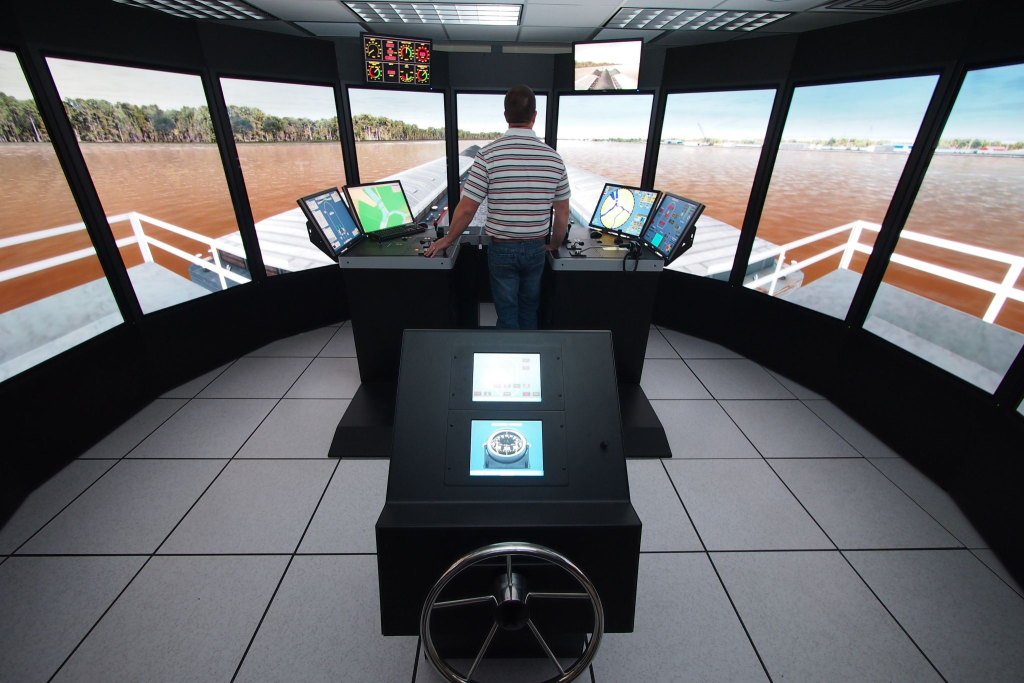
The ship simulator at the US Army Engineer Research and Development Center (ERDC) provides an environment to train for civil works missions along waterways. Since the 1980’s, it has allowed engineers and boat pilots the opportunity to test scenarios for channel improvement and navigation.
HPCMP resources at the ERDC DoD Supercomputing Resource Center support the Ship Simulator Program by facilitating advanced modeling and simulation of complex physical processes, such as coastal waves, littoral zone effects, and ship wakes. This also provides an environment to test amphibious navigation and difficult landing scenarios for both work civil works and military operations.

The last time humans walked on the Moon, the field of high-performance computing was in its infancy. As NASA’s Artemis program aims to send people back to the lunar surface as early as 2025, HPCMP and its leading-edge suite of tools aided the program as it prepared the November 16, 2022 launch of Artemis I.
HPCMP’s high-fidelity CREATE software was used as part of the Space Launch System’s aerodynamic databases related to loads, guidance, navigation, and control systems. This work supplemented the wind tunnel data collected in earlier testing phases and helps mitigate risks during the Artemis lift-off and transition, a period with strong and highly variable aerodynamic forces.
Congratulations to NASA. It’s an exciting time in space flight, and the HPCMP is thrilled to be a part of it!
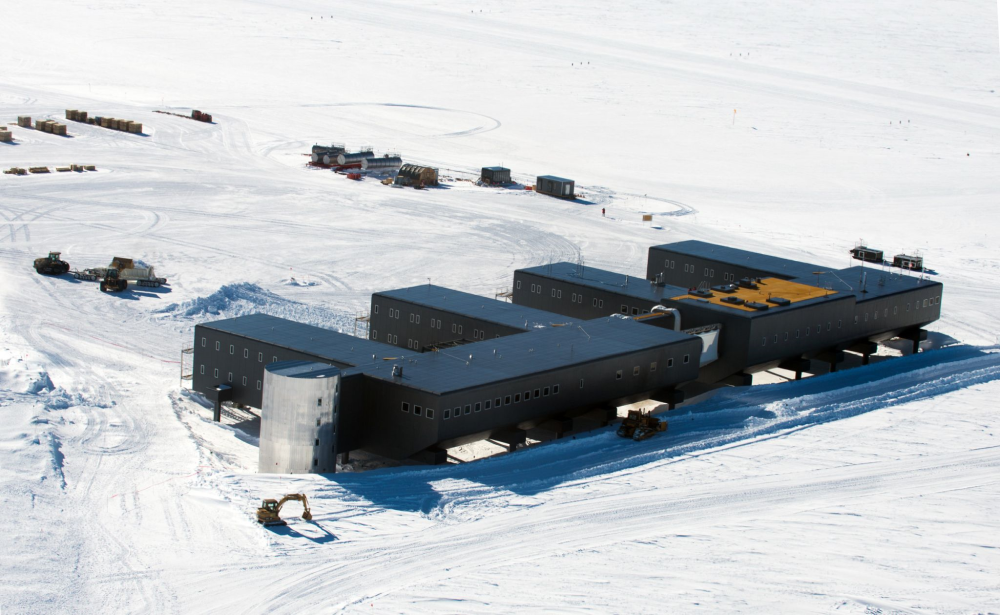
Even in the coldest, harshest environments, the HPCMP delivers.
The National Science Foundation (NSF) wanted to determine a better approach to deciding when and how to elevate the Scott-Amundsen South Pole Station over the ever-accumulating snowdrift. Using a combination of weather and climate models and a flow solver used for rotorcraft analysis applications, researchers at the US Army Engineer Research and Development Center (ERDC) Cold Regions Research and Engineering Laboratory used HPCMP systems' Onyx at the ERDC DoD Supercomputing Resource Center and Koehr at the US Navy DSRC to run simulations of snowdrift scenarios at the South Pole Station over both one-winter and five-year timescales. These calculations will allow teams to plan building maintenance years in advance.
The HPCMP helps solve complex construction challenges, wherever they may be.
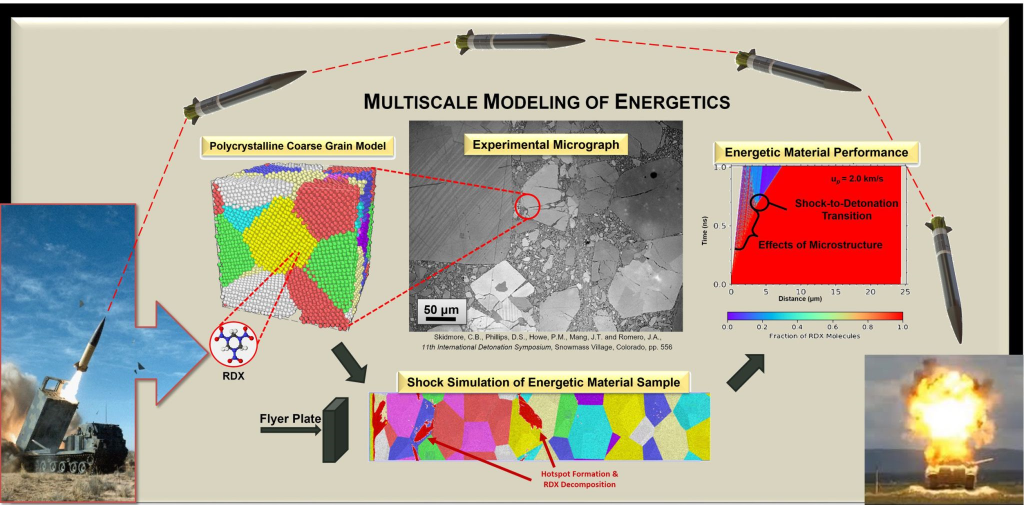
One of the Army’s top readiness priorities is the development of long-range, precision-fire capability that maintains its dominance in range, munitions, and target acquisition. Energetic materials with improved performance characteristics are part of this strategy. However, the design-to-concept phase for these novel materials takes a significant amount of time, which delays the start of critical testing.
HPCMP computing power and simulation capabilities allowed the Army to speed-up the early phases of composite energetic material development by enabling virtual screening, design, and assessment. Incorporating physics-based models allowed the client to minimize the number of tests used in current development procedures and shorten the development time of fielding optimally performing energetics. This saves money and creates a safer testing process.

Often, weather determines whether the Army will conduct outdoor tests on various systems. HPCMP's powerful abilities take the guess work out of forecasting and maximize time on the range.
The US Army Test and Evaluation Command (ATEC) has used the Four-Dimensional Weather System (4DWX) for over 20 years to provide diagnostics and forecasts in real-time. Based on numeric weather prediction models, 4DWX has advanced warning capabilities for events like lightning and high winds that allow program managers to maximize test time prior to arrival. 4DWX runs continuously with cycles of 1- to 120-hour forecasts launched every three or six hours, depending on a test center’s needs.
In 2017, ATEC started running 4DWX at HPCMP’s Army Research Laboratory DoD Supercomputing Resource Center (DSRC) and Navy DSRC. By switching from their previous cluster computing system, ATEC was able to use DoD resources more effectively and take advantage of the dedicated hardware and software support HPCMP provides. The HPCs use local and national observations, including water surface temperatures, to create the forecast. For each hour, they generate and transfer the data files via remote synchronization to the ATEC test locations. The Defense Research and Engineering Network, another HPCMP resource, is critical to this process.

The HPCMP is used to thinking about complex systems, and there’s nothing more complex than the brain.
Blast waves from improvised explosive devices and other weapons can cause traumatic brain injury (TBI). Even mild TBI – meaning physical damage doesn’t appear under normal imaging techniques – has been linked to increased risk of sleep disorders, sensory problems, and psychiatric conditions. Understanding how blasts affect the brain will help the Department of Defense develop better prevention methods and keep warfighters healthy.
HPCMP’s Army Research Laboratory DSRC and Air Force Research Laboratory DSRC worked with a US Army-led team to build 3-dimensional, finite-element models of animal heads, complete with facial structures, bones, brain tissue, and blood vessels. They then used these high-fidelity models and HPCMP’s simulation capabilities to study the effects of blast overpressure events on brain pressure, strain, and vasculature. This work will help scientists develop scaling laws that can make the results more applicable to humans.
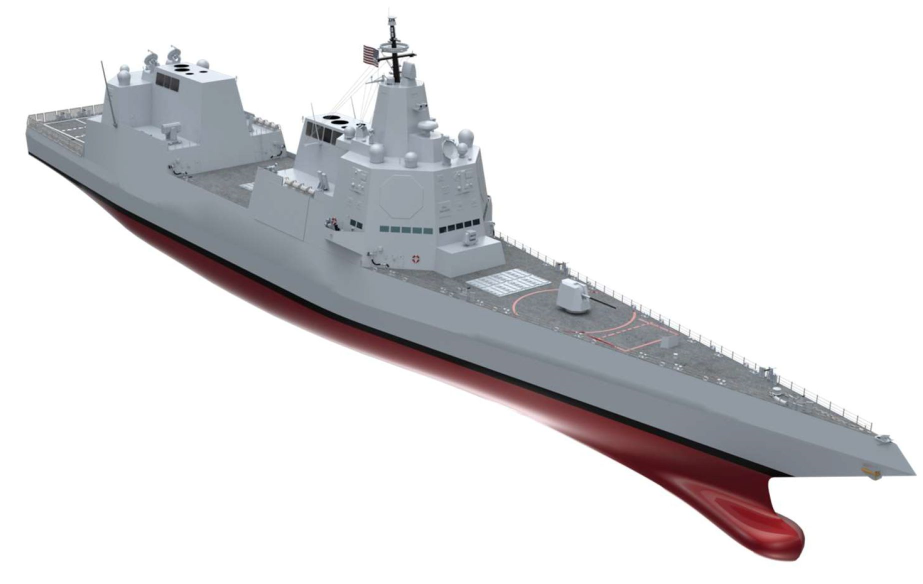
The US Navy has not designed a new surface combatant in over 15 years. Best-practices dictate that cost and capability assessments be used in early-stage design to ensure program requirements and performance expectations are met. Fortunately, the application of sophisticated design and analysis tools can be used to help optimize design across trade space considerations.
For the Navy’s Next-Generation Guided-Missile Destroyer (DDG(X)) program, HPCMP leveraged its computational resources and state-of-the-art software tools (Rapid Ship Design Environment, Integrated Hydrodynamics Design Environment, and NavyFOAM) to enable rapid design iterations and assessment of competing DDG(X) concepts.
HPCMP’s capabilities helped the Navy’s DDG(X) team refine requirements, explore design space options, and predict ship hydrodynamic performance.
When something hasn’t been done in a long time, why take chances? The HPCMP has the resources and capabilities that enable rapid and effective capability development, while minimizing costs and risks.
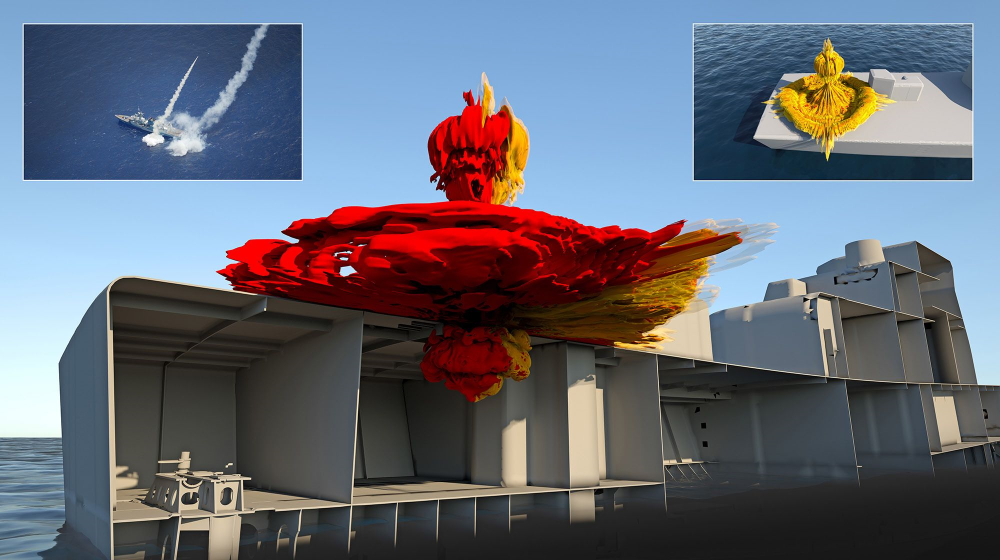
The HPCMP worked with the Naval Surface Warfare Center Indian Head Division to use the Dynamic System Mechanics Advanced Simulation (DYSMAS) tool to predict the detonation, tearing of the hull, and blast fields inside a ship and on its deck in the event of a topside attack.
In addition to underwater threats, naval vessels are subject to threats above the waterline. Topside detonations can create both external and internal blast fields if the hull rips open. Engineers must assess how well a ship can withstand the impact of detonations above the sea surface. With platforms limited and testing expensive, high-performance computing augments live-fire test results and provides insights earlier in the design process.
